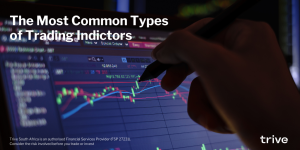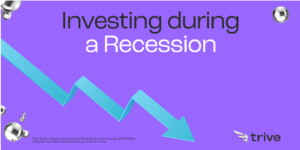
The Turtle Trading Experiment is a famous case study in the world of finance that demonstrates the power of systematic trading strategies and the importance of disciplined risk management. Initiated by commodities trader Richard Dennis and his partner William Eckhardt in the early 1980s, the experiment aimed to determine whether successful trading could be taught or if it was an innate skill possessed by a select few.
Richard Dennis believed anyone with the right training and rules could become a proficient trader. To prove his point, he decided to recruit and train a group of individuals, who came to be known as “Turtles,” to trade his proprietary trading strategies. The term “Turtles” was based on Dennis’ recollection of turtle farms in Singapore, drawing a parallel between cultivating traders and nurturing turtles.
Turtle trainees were educated in the execution of a trend-following strategy. The foundation of this strategy rested on the premise that “the trend is your friend,” advocating the acquisition of futures experiencing upside breakouts from trading ranges, coupled with selling short during downside breakouts.
Dennis and Eckhardt developed a specific set of trading rules for the “Turtles” to follow. These rules were designed to be systematic, taking human emotion out of the trading process and relying solely on objective criteria.
Some key elements of the Turtle trading system included:
- Entry Signals: The system used a combination of price-based indicators to generate entry signals. The Turtles would buy a commodity (or go short) when its price exceeded a certain number of days’ high.
- Position Sizing: The Turtles’ position size was determined by a calculation that considered the volatility of the market being traded. This helped them manage risk effectively by allocating more capital to less volatile markets.
- Risk Management: The Turtles were instructed to set stop-loss orders at a specific percentage below their entry price. This ensured that losses were limited and prevented catastrophic drawdowns.
- Diversification: The Turtles were required to trade a diverse portfolio of commodities to reduce the impact of poor performance in any single market.
Lessons from the Experiment:
- Systematic Approach: The Turtle experiment showcased the power of a systematic trading approach. By following predefined rules, the Turtles removed the emotional biases that often lead to impulsive and irrational decisions.
- Risk Management: The emphasis on risk management was a crucial aspect of the Turtle system. By limiting potential losses through stop-loss orders and adjusting position sizes based on market volatility, the Turtles protected their capital from significant drawdowns.
- Adaptability: The Turtles’ ability to adapt to different market conditions demonstrated the flexibility of their trading system. This adaptability helped them navigate various market environments and maintain consistent performance.
- Patience: The Turtle trading system required patience, as not every trade was a winner. The Turtles avoided making impulsive decisions by sticking to the rules and understanding that losses were a natural part of trading.
Was the experiment successful? As former Turtle Russell Sands attests, the combined achievements of the two waves of Dennis’ training program yielded over $175 million in a mere five years. Even in the absence of Dennis’ guidance, individuals can apply the fundamental rules of Turtle Trading to their own strategies, with the overarching principle involving purchasing assets that exhibit breakouts and concluding trades when prices begin to consolidate or reverse.
Nevertheless, despite its remarkable achievements, the downside of Turtle Trading mirrors its successes. Any trading system is subject to drawdowns, which can be profound when dealing with trend-following strategies. This can be attributed, in part, to the tendency for many breakouts to be false moves, leading to a notable proportion of unsuccessful trades.
Summary
The Turtle Trading Experiment stands as a testament to the potential of systematic trading strategies and the importance of disciplined risk management. The experiment proved that successful trading can be taught through a well-defined set of rules and principles, challenging the notion that trading is solely reliant on innate talent. Nevertheless, the essence of this strategy underscores that the embrace of such an approach is a personal decision requiring careful consideration of risk and potential reward.
Sources: Investopedia
Piece written by Alexa Smith, Trive Financial Market Analyst
Disclaimer: Trive South Africa (Pty) Ltd, Registration number 2005/011130/07, and an Authorised Financial Services Provider in terms of the Financial Advisory and Intermediary Services Act 2002 (FSP No. 27231). Any analysis/data/opinion contained herein are for informational purposes only and should not be considered advice or a recommendation to invest in any security. The content herein was created using proprietary strategies based on parameters that may include price, time, economic events, liquidity, risk, and macro and cyclical analysis. Securities involve a degree of risk and are volatile instruments. Market and economic conditions are subject to sudden change, which may have a material impact on the outcome of financial instruments and may not be suitable for all investors. When trading or investing in securities or alternative products, the value of the product can increase or decrease meaning your investment can increase or decrease in value. Past performance is not an indication of future performance. Trive South Africa (Pty) Ltd, and its employees assume no liability for any loss or damage (direct, indirect, consequential, or inconsequential) that may be suffered from using or relying on the information contained herein. Please consider the risks involved before you trade or invest.




